Integrating LED Lighting into Architectural Handrail Systems
Lighting transforms environments and influences human experiences. The latest advancement in LED technology enhances lighting design and improves how people live, work, relax and play. By meeting modern architectural needs, LED lighting unlocks new levels of innovation, particularly in handrails.
Illuminated handrails create visually stunning and functional spaces while incorporating energy-efficient technology, durability and ergonomic design. Adding LED lighting to handrails revolutionizes architectural design by brightening spaces and creating a more inclusive future.
Architectural Innovation with LEDs
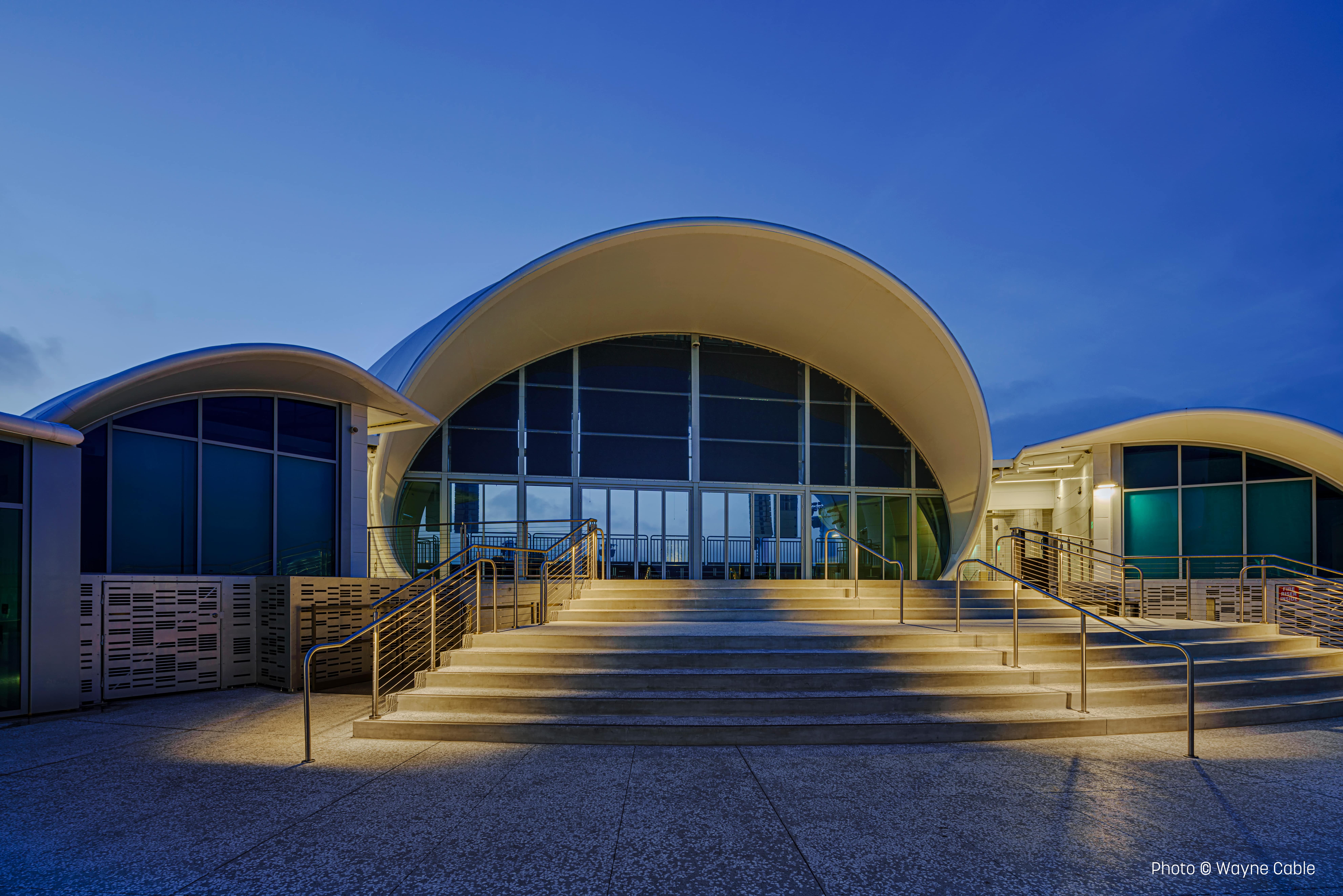
A growing number of architects are using LED-illuminated handrail systems to emphasize their designs. LEDs are behind advanced lighting solutions, allowing seamless integration with other architectural elements.
Incandescent and fluorescent light bulbs generate high temperatures and can cause sensory overstimulation. Halogen bulbs emit even more heat and are difficult to maintain. Traditional lighting does not integrate well with different architectural components because of their drawbacks. However, the advent of LEDs has completely transformed how we use and perceive light.
LED Lights for Aesthetic Appeal, Safety and Sustainability
The latest LED technology provides architects and lighting designers with many creative options. By integrating LEDs into handrails, they create eye-catching options for both interior and exterior applications. Handrail lighting can create ambiance in various spaces. It can provide a warm, inviting glow in residential buildings or a sophisticated, modern look in high-rise buildings.
Illuminated handrails deliver captivating visual experiences, effectively reflecting light on walking surfaces without adding unnecessary ambient light. Their directional lighting can accentuate specific elements. Furthermore, the modern design of illuminated handrails suits many architectural styles, making them a versatile choice for any project.
In addition to aesthetic appeal, illuminated handrails enhance their role as a life-safety product. The lighting improves visibility on the steps, offering guidance in dimly lit areas and lowering the risk of accidents. They also assist people with visual impairments navigate spaces more easily. This safety feature instills confidence and encourages people to stay longer, enhancing their overall experience.
Sustainability is a crucial aspect of contemporary architecture, and LEDs play a significant role. LED lighting saves energy, emits more light per watt and lasts 10 times longer than traditional fluorescent bulbs. The longer lifespan means fewer replacements, which reduces maintenance, energy costs and waste.
LED light produces little heat and does not contain any toxic elements. The handrails stay cool to the touch during continuous use, and users face no risk of harmful substances in case of breakage. By integrating LED lighting into handrails, architects prioritize sustainability while aligning aesthetic concepts with life-safety benefits.
Aligning Interests with LED Lighting
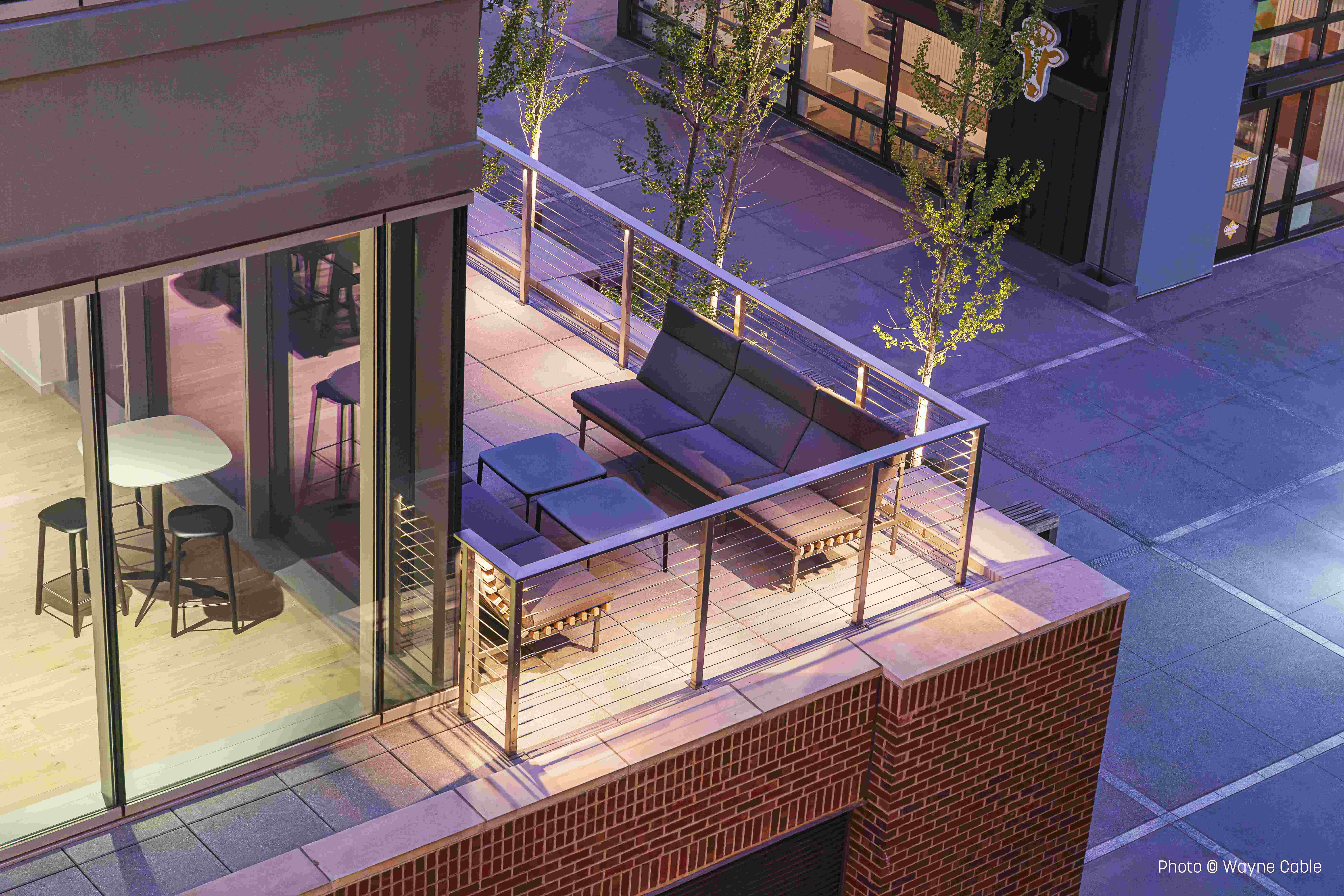
An architectural lighting project typically involves several stakeholders, each with different objectives to meet. Architects and lighting designers prioritize visual appeal while striving to fulfill the practical requirements of a building. General contractors and builders want systems that are quick and easy to install while building owners focus on cost-effectiveness and low maintenance.
To meet these diverse objectives, it is important to highlight the additional benefits that LED lighting provides. Modern LED bulbs are durable and designed to prevent breakage. They fit easily with standard handrail fixtures, making the installation process easy and straightforward.
As an artificial light source, LEDs can mimic natural light with a high Color Rendering Index (CRI). The color tuning and dimming capabilities make any interior illuminated handrail system fit seamlessly into the space. Softer color temperatures and directional lighting minimize overall light pollution.
LEDs improve visual comfort, making them suitable for areas that need steady lighting. They have consistent brightness and color temperature, ensuring reliable performance throughout their lifespan. With all these advantages, LED lighting effectively meets the needs of everyone involved in the project.
Case Studies: Illuminated Handrails in Action
Hospitals and movie theaters are common spaces that feature modern handrails with integrated light fixtures. Almost any building can enhance user experience and transform overall design with illuminated handrails. Several notable projects have successfully integrated LEDs into handrail design, showcasing the performance of this technology.
Lewis and Clark Caverns, Montana:
This illuminated handrail system offers proper lighting sources and guidance on the uneven walking surfaces of the cavern. Wagner strategically designed the handrail to respect the cavern's ecosystem, showcasing its features and reducing maintenance needs.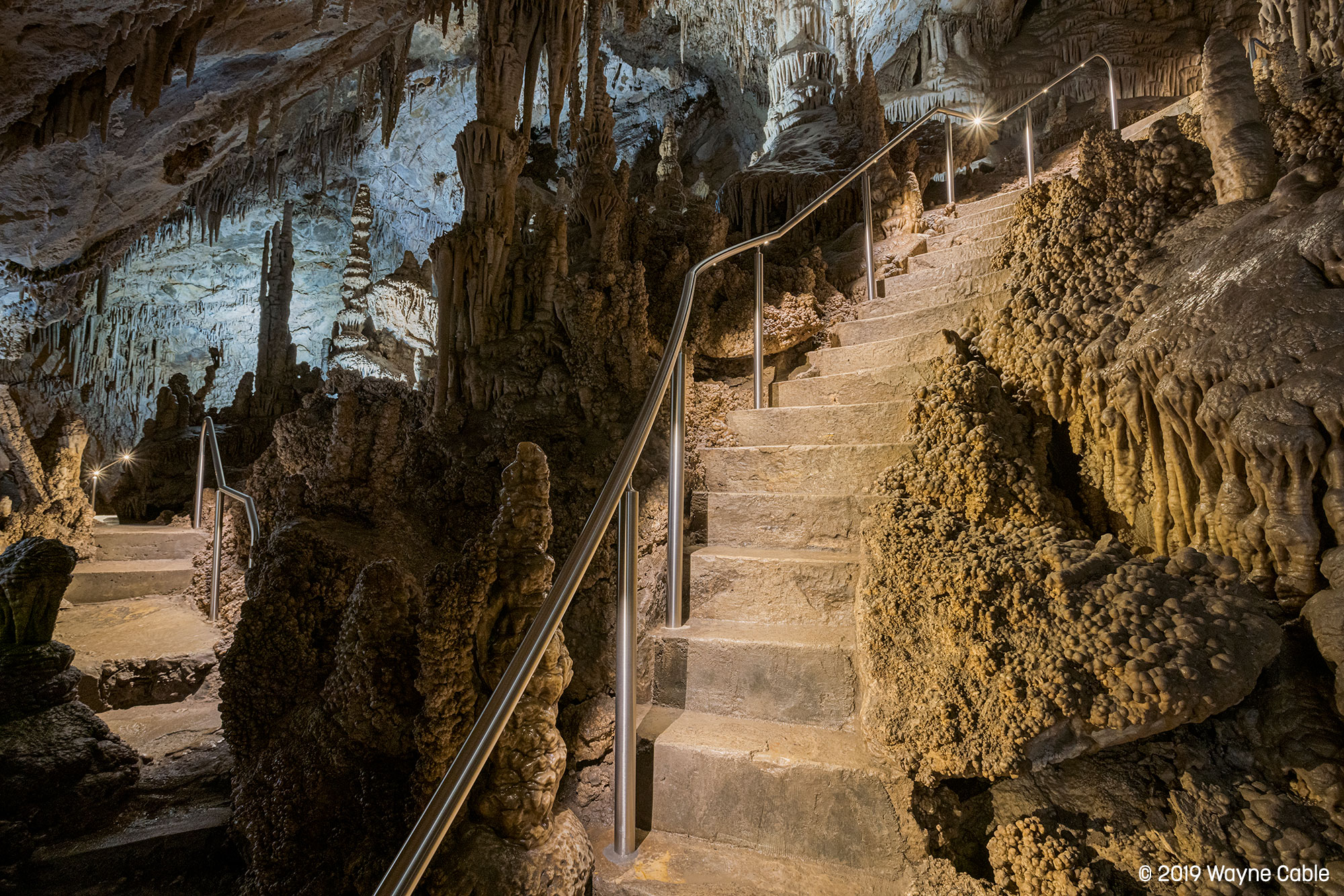
The Commons at Marquette University, Milwaukee:
The exterior handrail systems integrated with LED lights are a practical solution for the residence hall, ensuring safety. The system displays optimal lighting on stairs, ramps and walkways, with options for different color temperatures and brightness levels.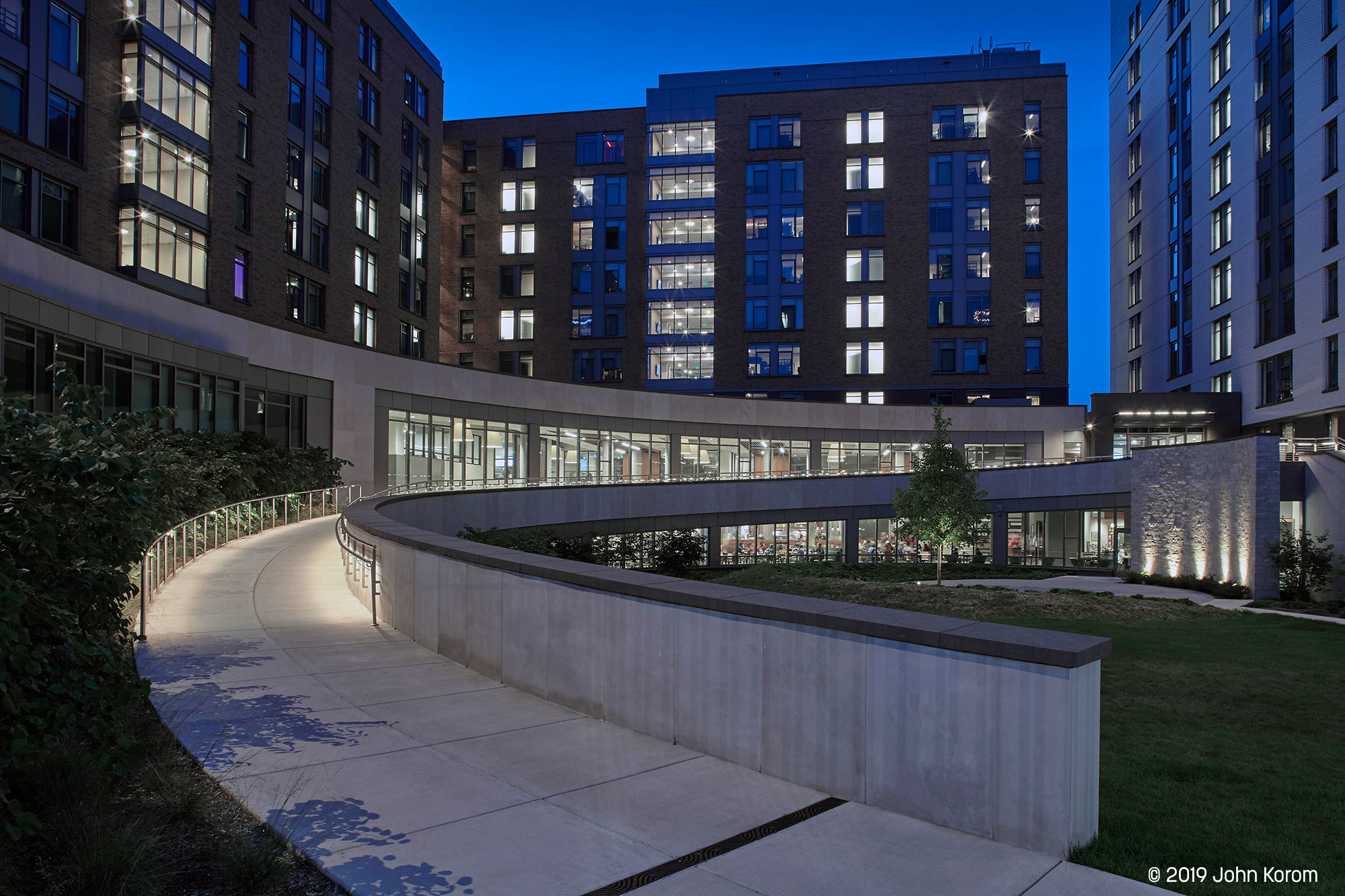
Trestle Park, Milwaukee:
Wagner's illuminated handrail system on the trestle structure provides safety for visitors when enjoying Milwaukee's Riverwalk. The asymmetric beam spread presents optimal visibility near the water without detracting from the natural beauty of the park.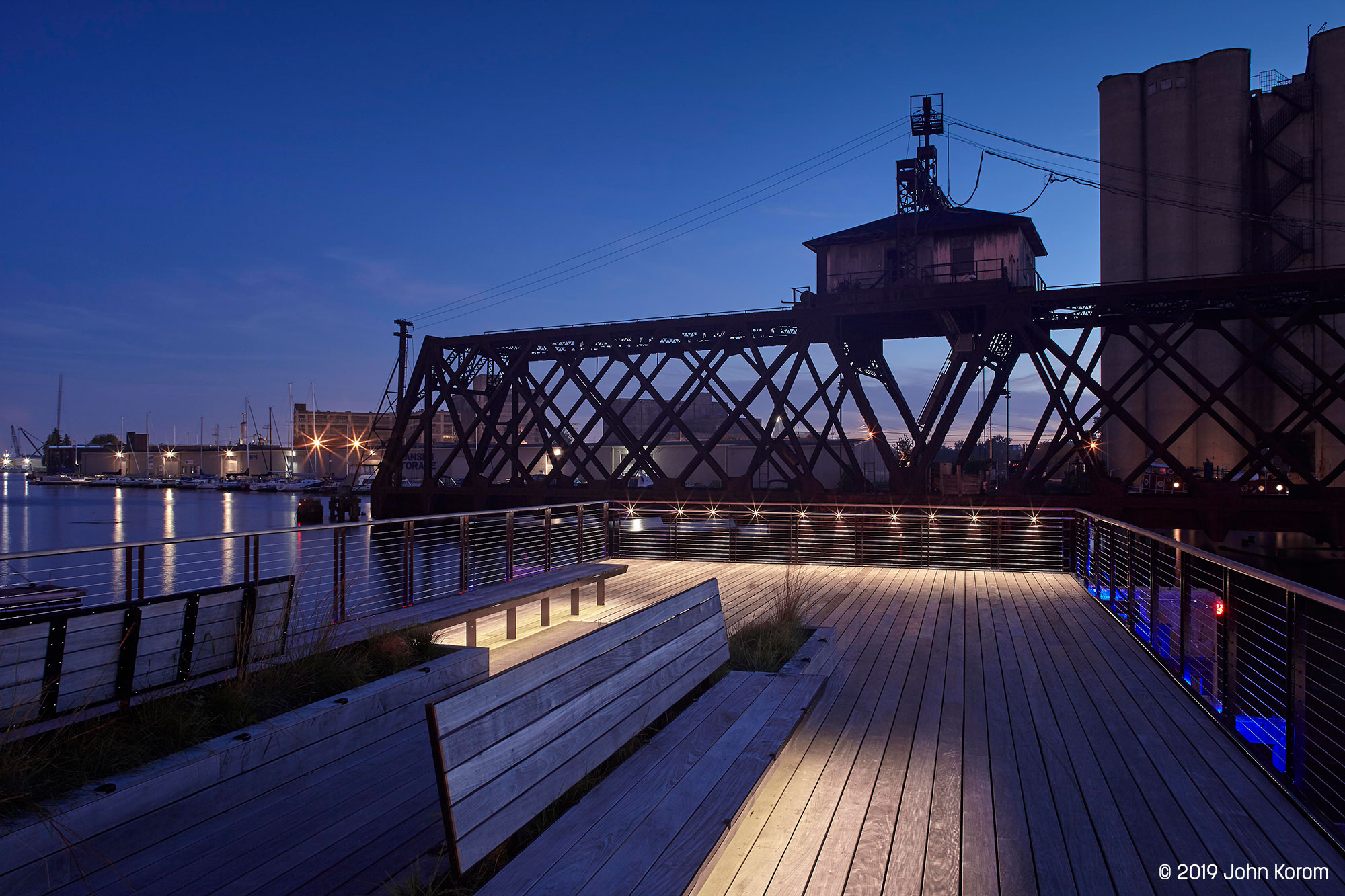
Shaping the Future of Spaces with LEDs
The thoughtful design of LEDs outperforms other types of light. Integrating LEDs into architectural handrails marks a transformative shift in how we design and experience spaces. This lighting solution caters to the diverse needs of architects, builders and occupants alike. By harnessing the advantages of LED technology, spaces can be visually stunning, prioritize user experience and improve energy efficiency.
The innovation of illuminated handrails fosters a more inclusive approach to design. They make spaces more accessible and inviting for everyone. Handrails with LED lighting are practical features and integral components of the architectural narrative. As architectural innovation continues, there will always be a focus on enriching the experience of all who use them.
To learn more about illuminated railing systems and discover how they can transform your spaces, visit our page here.
